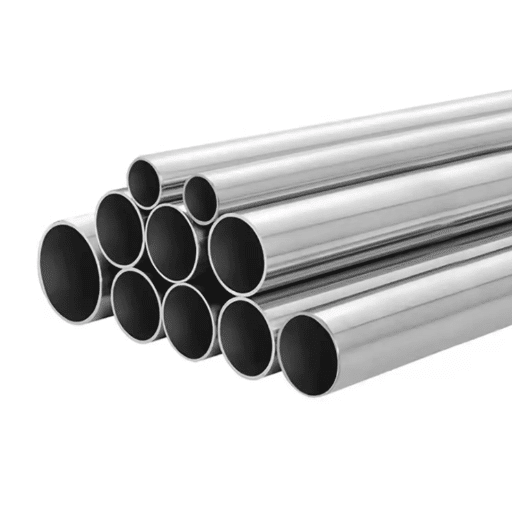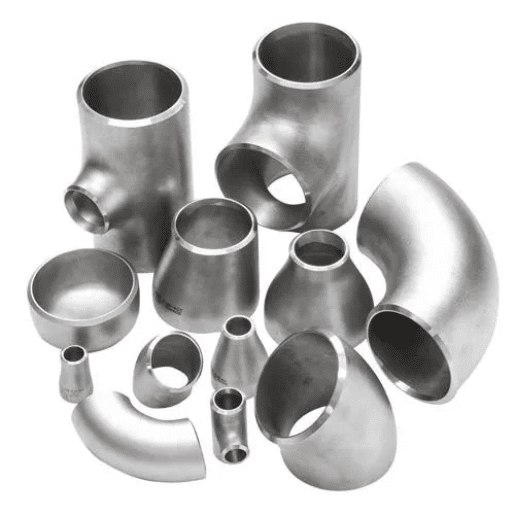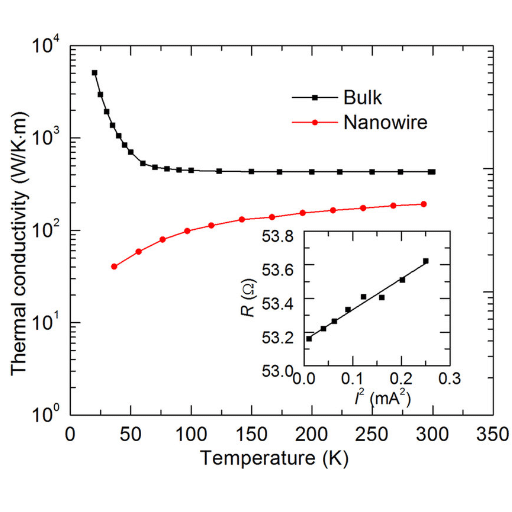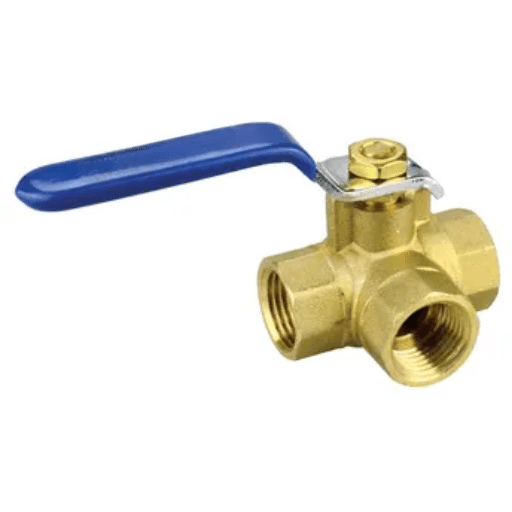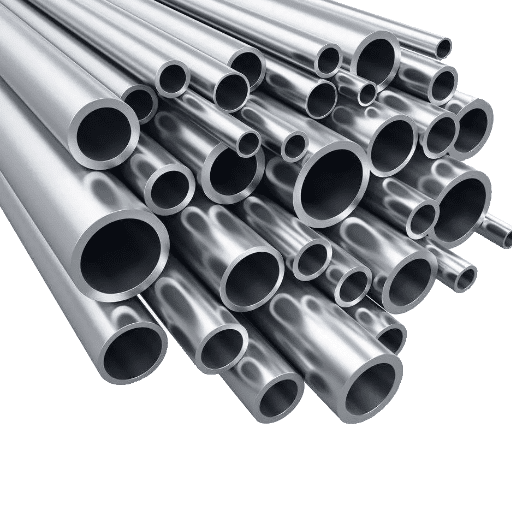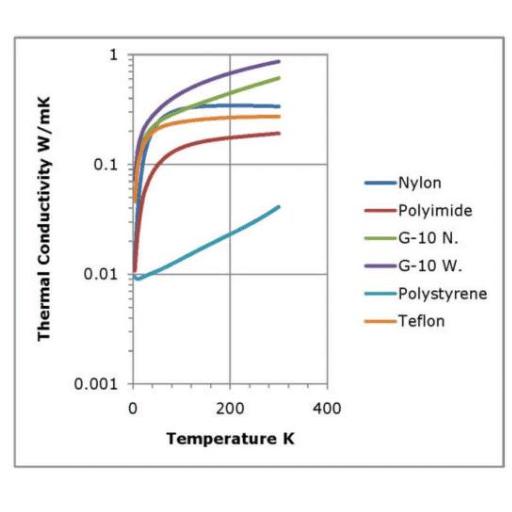Heat treatment is very important for controlling the physical and mechanical properties of materials, especially metals and alloys. The heat treatment mainly consists of solution treatment and annealing, which are the most commonly used ones, and depending on the future use of the material, they can be very different from each other so that it will have certain characteristics in terms of strength, flexibility, and resistance to different environments. This comprehensive guide explores the fundamental distinctions and objectives of solution-treated and annealed materials, highlighting the unique applications and benefits of each process.
Introduction to Heat Treatment
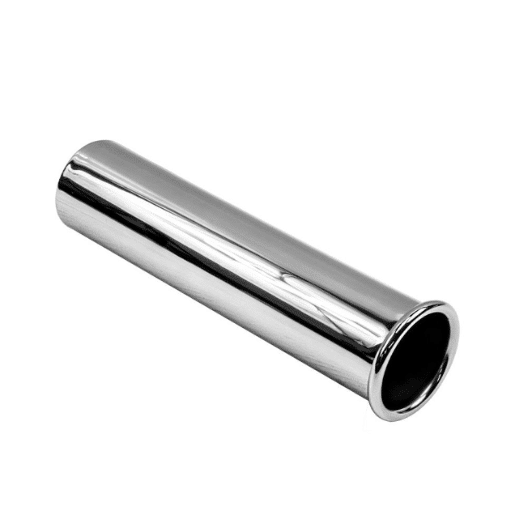
The heat treatment procedure is a process that modifies materials’ physical and chemical properties, with a preference for metals or alloys, to give them characteristics like strength, durability, or wear-free resistance. The whole process is done by controlled heating and cooling where the material’s structure is altered internally.
What is Heat Treatment?
Heat treatment is a method that alters a material’s physical properties, and sometimes, even its chemical properties in a controlled manner. This treatment is mainly applied to metals and alloys. The specific heating and cooling cycles for heat treatment provide enhancements of the properties of the materials such as:
- Hardness: Resistance to deformation and wear
- Strength: Ability to withstand applied forces
- Ductility: Capacity to be drawn or stretched
- Wear Resistance: Durability under friction and abrasion
Industry Importance: Heat treatment is a critical process in the automotive, aerospace, and manufacturing industries, among others, where material characteristics determine the life and usability of parts.
Overview of Annealing
Annealing is a main heat treatment procedure which helps in improving the material properties by internally reshaping its structure. This process usually requires the metal to be heated till a predetermined temperature, keeping it at that temperature for a certain time, and then letting it cool off gradually.
The Annealing Process
- Heating: Metal is heated to a predetermined temperature
- Holding: Temperature is maintained for a specific duration
- Cooling: Material is allowed to cool gradually and slowly
Key Benefits of Annealing
- Increases the metal’s ductility
- Lowers hardness for easier machining
- Relieves internal stresses from earlier operations
- Improves machinability and forming properties
- Reduces material brittleness
- Makes material more workable for further processing
The hard and precise work done in the manufacturing of components by the automotive, aerospace, and construction industries is very much dependent on the annealing process as they not only meet but also exceed the design specifications. Modern annealing methods utilize cutting-edge technology that makes the process energy-efficient and adaptable to specific material needs.
Overview of Solution Heat Treatment
Solution heat treatment is a technique used in metallurgy to improve the mechanical properties of alloys, especially aluminum, titanium, and nickel. Heating the metal to a high temperature, which is just under melting point, and holding it there for a specific period, makes the alloy’s dissoluble phase merge into a solid solution.
The Solution Treatment Process
- Heating: Metal is heated to high temperature (just below melting point)
- Holding: Temperature is maintained to dissolve alloying elements
- Rapid Cooling/Quenching: Material is cooled quickly to freeze the structure
Key Benefits of Solution Heat Treatment
- Increases strength and hardness
- Enhances resistance to corrosion
- Improves durability and longevity
- Achieves structural homogeneity
- Lowers internal stresses
- Enables better surface finish
This technique is found in industries like aerospace, automotive, and energy where high reliability and stress performance are a must. Advanced heating technologies ensure thermal control with great accuracy, cutting down on energy use and providing uniform results.
Difference Between Solution Treatment and Annealing
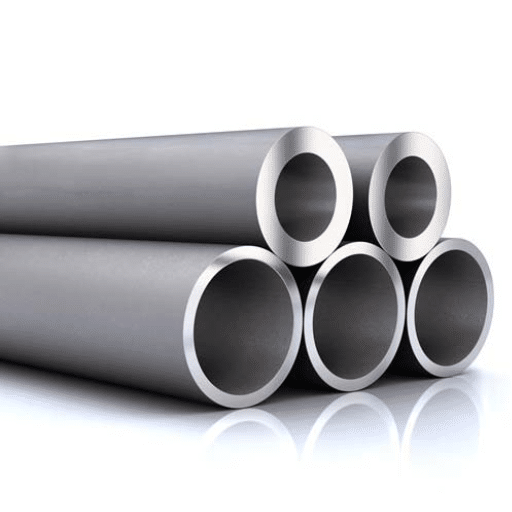
The terms solution treatment and annealing refer to two different heat treatment processes that are applied for different purposes and under varying conditions.
| Aspect | Solution Treatment | Annealing |
|---|---|---|
| Temperature | High temperature (near melting point) | Specific predetermined temperature |
| Cooling Method | Rapid cooling/quenching | Slow, gradual cooling |
| Primary Goal | Increase strength and corrosion resistance | Improve ductility and reduce hardness |
| Final Properties | Harder, stronger, more corrosion-resistant | Softer, more ductile, easier to machine |
| Common Applications | Aerospace, automotive, high-performance parts | Tool making, preparing for machining |
| Material Structure | “Freezes” dissolved elements in solid solution | Changes microstructure for softness |
| Stress Relief | Reduces stresses, maintains strength | Primary focus on stress relief |
Key Differences in Processes
Solution Treatment Characteristics
- High temperature exposure
- Dissolves alloying elements into solid solution
- Rapid cooling “freezes” properties
- Enhances strength and durability
- Used for high-performance materials
- Often combined with aging processes
Annealing Characteristics
- Controlled temperature exposure
- Slow cooling in controlled environment
- Softens material structure
- Improves workability
- Prepares for further processing
- Reduces brittleness significantly
Material Properties: Annealed vs Solution Treated
The main difference between annealed and solution-treated metals is, in fact, the way they have been thermally processed and their subsequent characteristics.
Annealed Materials
Annealing involves heating the material to a certain temperature then gradually cooling it down, usually in a controlled atmosphere. This process aims to:
- Soften the material for easier machining
- Enhance ductility for forming operations
- Eliminate internal stresses from previous processing
- Change microstructure for improved stability
- Make material easier to work with
Typical Applications: Annealed materials are favored in tool making and the automotive industry where flexibility and ease of machining are prominent requirements.
Solution Treated Materials
Solution treatment involves melting precipitates into a solid solution by heating the material to a very high temperature and then rapidly cooling it down. This process delivers:
- Significantly increased strength
- Enhanced corrosion resistance
- Better performance in severe conditions
- Improved durability and longevity
- Superior mechanical properties
Common Example: Solution-treated stainless steel is extensively used in marine and chemical industries because of its enhanced resistance to severe conditions and ultimate durability.
Applications of Each Process
Automotive Industry
Solution Treatment: Engine parts, chassis, transmission components requiring high strength-to-weight ratios and wear resistance for high-stress scenarios.
Aerospace Sector
Solution Treatment: Aircraft frames, engine components requiring ability to endure extreme stresses, temperature ranges, and gravitational forces for safe flight operations.
Construction & Infrastructure
Solution Treatment: Structural framing, building enclosures, bridges requiring durability, corrosion resistance, and load-bearing capacity.
Electronics & Consumer Goods
Solution Treatment: Aluminum and copper alloys for wiring, connectors, and casings requiring excellent conductivity and mechanical stability.
Medical Equipment
Solution Treatment: Cobalt-chrome and stainless steel implants and surgical tools requiring biocompatibility, wear resistance, and corrosion resistance.
Tool Manufacturing
Annealing: Preparing materials for machining, forming, and cold working operations where softness and flexibility are required.
Benefits of Solution Heat Treatment
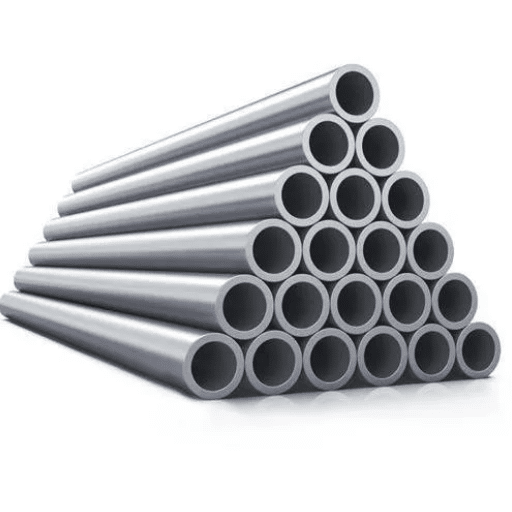
Solution heat treatment is a process that has numerous advantages and that is why it is so important in many industrial and medical applications.
Enhanced Mechanical Properties
Solution heat treatment has a very important part in improving the mechanical properties of materials by boosting their strength, ductility, and hardness. This process takes metals to the limit of their characteristics, making them suitable for use in the most demanding industries where resistance to deformation under heavy load is essential.
| Property | Improvement | Benefit |
|---|---|---|
| Strength | Significant increase | Better load-bearing capacity |
| Hardness | Enhanced surface hardness | Improved wear resistance |
| Ductility | Controlled ductility | Balance between strength and formability |
| Structural Homogeneity | Uniform structure | Consistent performance throughout |
| Surface Finish | Better quality | Essential for precision engineering |
Improved Corrosion Resistance
Solution heat treatment significantly enhances a material’s ability to resist corrosion by creating a uniform microstructure and dissolving harmful precipitates. This is particularly important for:
- Marine applications exposed to saltwater
- Chemical processing environments
- Medical implants in body fluids
- Offshore oil and gas equipment
- Desalination plant components
Long-Term Stability and Durability
By achieving structural homogeneity and lowering internal stresses generated during earlier processes, solution heat treatment contributes to the long-term stability and durability of components. This results in:
- Extended service life
- Reduced maintenance requirements
- Lower total cost of ownership
- Improved reliability in critical applications
- Better performance under stress
Case Studies: Real-World Applications
Case Study: Aerospace Applications
Predictive Maintenance
Aerospace companies utilize solution-treated materials in conjunction with predictive maintenance models. Modern techniques using sensors for monitoring engine wear can predict failures with an accuracy of 95%, freeing up millions of dollars in operations costs annually.
✓ Millions saved in operational costs
Flight Route Optimization
Solution-treated aluminum alloys in aircraft structures have enabled weight reductions that, combined with optimized flight paths, have led to fuel consumption reductions of up to 12%.
✓ Significant weight savings
Supply Chain Management
Leading aerospace companies have achieved an 18% reduction in supply chain delays through the use of reliable, solution-treated materials that meet strict specifications consistently.
✓ Improved production scheduling
Case Study: Automotive Industry
The integration of solution heat treatment has greatly affected the automotive industry, allowing for precision-driven manufacturing and enhanced vehicle performance.
Key Achievements:
- Fuel Efficiency: 18% gain in fuel efficiency for vehicles using solution-treated components in engine and drivetrain applications
- Predictive Maintenance: Solution-treated parts enable better monitoring and preventive maintenance, extending component life
- Weight Reduction: High-strength solution-treated alloys allow for lighter components without sacrificing strength
- Durability: Enhanced corrosion resistance in exhaust systems and chassis components
✓ Extended component lifespan
✓ Reduced vehicle weight
Case Study: Medical Equipment
The adoption of solution heat treatment in the healthcare sector has revolutionized medical device manufacturing. AI-based imaging systems and surgical instruments made from solution-treated stainless steel and cobalt-chrome alloys demonstrate:
- Superior biocompatibility in implants
- Enhanced corrosion resistance in body fluids
- Improved strength for surgical instruments
- Better fatigue resistance for long-term implants
- Consistent performance across all units
Choosing the Right Process for Your Needs
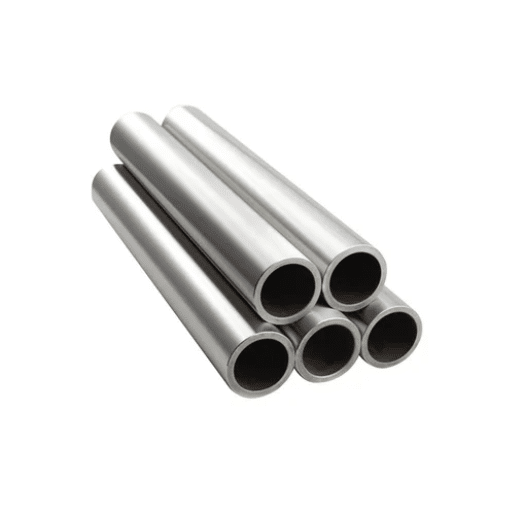
Choosing the most suitable heat treatment process for your needs requires careful consideration of multiple factors including application requirements, material specifications, performance goals, and cost considerations.
Factors to Consider
| Factor | Considerations |
|---|---|
| Application Requirements | Determine whether strength or formability is more critical for your application |
| Operating Environment | Consider exposure to corrosion, temperature extremes, and mechanical stress |
| Material Type | Different alloys respond differently to heat treatment processes |
| Processing Requirements | Evaluate whether further machining or forming will be needed |
| Performance Standards | Review industry specifications and regulatory requirements |
| Cost Constraints | Balance initial treatment costs against long-term performance benefits |
| Production Volume | Consider efficiency and consistency across production runs |
Industry-Specific Recommendations
Aerospace
Recommended: Solution Treatment
High strength, corrosion resistance, and performance under extreme conditions are paramount.
Tool Manufacturing
Recommended: Annealing
Softness and machinability are essential for shaping and forming operations.
Marine Applications
Recommended: Solution Treatment
Superior corrosion resistance in saltwater environments is critical.
Automotive Components
Recommended: Both
Annealing for formability during manufacturing; solution treatment for high-stress components.
Medical Devices
Recommended: Solution Treatment
Biocompatibility, strength, and corrosion resistance are essential for implants.
Construction
Recommended: Solution Treatment
Structural integrity and long-term durability in varying environments.
Cost vs Benefit Analysis
When evaluating heat treatment options, consider both immediate costs and long-term benefits:
| Consideration | Solution Treatment | Annealing |
|---|---|---|
| Initial Processing Cost | Higher (rapid cooling equipment required) | Lower (simpler cooling process) |
| Energy Consumption | Higher temperature requirements | Moderate temperature requirements |
| Component Lifespan | Significantly extended in harsh environments | Standard lifespan, good for normal conditions |
| Maintenance Requirements | Reduced due to enhanced durability | Standard maintenance schedule |
| Performance in Extreme Conditions | Excellent | Adequate for moderate conditions |
| Long-Term ROI | Higher in demanding applications | Better for applications not requiring extreme properties |
Decision Criteria: The investment in solution heat treatment often pays dividends through reduced maintenance, extended service life, and superior performance in critical applications. However, annealing remains the optimal choice for applications prioritizing formability and machinability over ultimate strength.
Advanced Heat Treatment Concepts

Relationship with Other Processes
Precipitation Hardening
Precipitation hardening usually starts with a solution heat treatment that converts alloying elements into a single-phase solution. The material is then aged at lower temperatures to allow fine precipitates to form, thus increasing strength without severe reduction in ductility.
Water Quenching
Water quenching is an indispensable part of the heat treatment process since it cools down the material that has undergone solution treatment very quickly. This cooling process preserves the single-phase structure and prevents the formation of undesirable microstructures, thereby ensuring that the intended mechanical properties are secured.
Stress Relief Annealing
The connection between annealing and stress relief is that the former is a necessary process for the latter to take place. During fabrication or machining, certain internal stresses develop in the material which, by the application of specific heating and slow cooling, can be relieved by transforming the microstructure into a more stable state.
Temperature Control Importance
Temperature is the most crucial factor in both solution treatment and annealing processes because it affects:
- Solvus Achievement: Reaching the temperature where precipitates fully dissolve
- Phase Transformation: Controlling which crystalline structures form
- Cooling Rate Effects: Determining final mechanical properties
- Microstructure Development: Ensuring desired grain size and distribution
- Property Optimization: Achieving target hardness, strength, and ductility levels
Critical Control Point: The alloy should be heated to the right annealing temperature to ensure that carbides are dissolved, followed by a controlled cooling process to lock in the desired properties.
Materials That Benefit from Solution Heat Treatment
Many types of metal alloys, especially those consisting of austenitic and martensitic structures, gain benefits from solution heat treatments:
- Stainless Steel Grades: 321 and 347 austenitic stainless steels
- Aluminum Alloys: 2xxx, 6xxx, and 7xxx series
- Titanium Alloys: Ti-6Al-4V and other aerospace-grade alloys
- Nickel-Based Superalloys: Inconel, Hastelloy, and similar materials
- Cobalt-Chrome Alloys: Medical-grade materials for implants
- Copper Alloys: Beryllium copper and precipitation-hardening grades
Sustainability and Modern Innovations
Modern heat treatment processes are evolving to meet environmental and efficiency demands. Recent developments focus on:
Energy Efficiency Improvements
Advanced Heating Technologies
Precision thermal control systems that minimize energy consumption while ensuring uniform heating throughout the material.
Optimized Cooling Systems
Controlled quenching methods that reduce energy use and improve consistency in final properties.
Process Automation
Computer-controlled systems that optimize heating cycles and reduce waste through precise monitoring.
Emissions Reduction
New furnace designs and processes that cut down on greenhouse gas emissions while maintaining quality.
Green Manufacturing Initiatives
The focus on sustainability has resulted in the launching of initiatives targeting energy consumption optimization and emissions reduction in both solution treatment and annealing processes. These efforts include:
- Implementation of waste heat recovery systems
- Use of renewable energy sources for heating operations
- Development of water-based quenching alternatives
- Recycling and reuse of process gases
- Integration with circular economy principles
Quality Control and Standards
Both solution treatment and annealing processes must adhere to strict industry standards to ensure consistent quality and performance:
| Standard/Organization | Application | Focus Areas |
|---|---|---|
| ASME Standards | Pressure vessels and piping | Material specifications and heat treatment requirements |
| ASTM International | General material testing | Test methods for mechanical properties and heat treatment verification |
| ISO Standards | International manufacturing | Process control and quality management systems |
| AMS Specifications | Aerospace materials | Detailed heat treatment procedures and acceptance criteria |
| SAE Standards | Automotive applications | Material performance and processing requirements |
References
-
Heat Treatment Overview (New Jersey Institute of Technology)
This document provides a detailed explanation of heat treatment processes, including solution treatment and annealing, and their effects on material properties.
Read more here -
Tempering Designations (University of Washington)
This resource explains tempering designations, including solution heat treatment and its role in improving material strength.
Read more here -
Aluminum Heat Treating (Federal Aviation Administration)
This document discusses the use of annealing and solution heat treatment in aluminum alloys to remove strain hardening and improve material properties.
Read more here
Frequently Asked Questions (FAQ)
What is the procedure of solution heat treatment?
The solution heat treatment process consists of raising a metal alloy to a predetermined temperature that is generally above its solvus line for the purpose of dissolving the precipitates and creating a single-phase solution. This treatment is very important in the context of the material’s property enhancement, e.g., strength or hardness, which is the reason for further cooling processes such as water quenching.
In what way does solution annealing stand apart from other furnace treatments?
Solution annealing is one of the type of heat treatments which entails operating the material at high temperature and afterwards cooling it quickly, often using water. Whereas other heat treatments may concentrate on strength or relieving of stress, the role of solution annealing is to liquidate the carbides and equalize the microstructure thus augmenting the material’s capability of formation and its mechanical properties at the same time.
What are the pros of solution heat treatment?
Pros of solution heat treatment among others include the raising of the alloy’s strength and hardness, ductility improvement, and also the chance of creating the mechanical properties needed. By this, the process eliminates residual stresses which can be a source of trouble for superalloys and stainless steel alloys in high demanding applications.
What is the significance of temperature in the solution treatment or solution process?
Temperature is the most crucial factor in the solution treatment process because it affects the solvus achievement and precipitation to the extent of being decisive. The alloy should be heated to the right annealing temperature in order to make sure that the carbides are dissolved, followed by a controlled cooling process to lock in the desired properties.
What is the relation of precipitation hardening to solution heat treatment?
Precipitation hardening usually starts with a solution heat treatment that converts alloying elements into a single-phase solution. The next step is that the material is aged at the lower temperatures to allow the fine precipitates to form thus increasing the strength but without severe reduction in the ductility.
What kind of metals obtain benefits from solution heat treatments?
Many kinds of metal alloys, especially those consisting of austenitic and martensitic structures, gain benefit from solution heat treatments. For example, 321 and 347 stainless steels and other superalloys which are commonly heat treated yielding high strength and better performance in high temperature applications.
What is the role of water quenching in the heat treatment process?
Water quenching is an indispensable part of the heat treatment process since it cools down the material that has undergone solution treatment or annealing very quickly. This cooling process preserves the single-phase structure and prevents the formation of undesirable microstructures, thereby making sure that the intended mechanical properties are secured.
What is the connection between annealing and stress relief?
The connection between annealing and stress relief is that the former is a necessary process for the latter to take place. The reason is that during fabrication or machining certain internal stresses develop in the material which by the application of the specific heating and slow cooling would turn the microstructure into a more stress relieving one thereby increasing the overall durability of the component.


